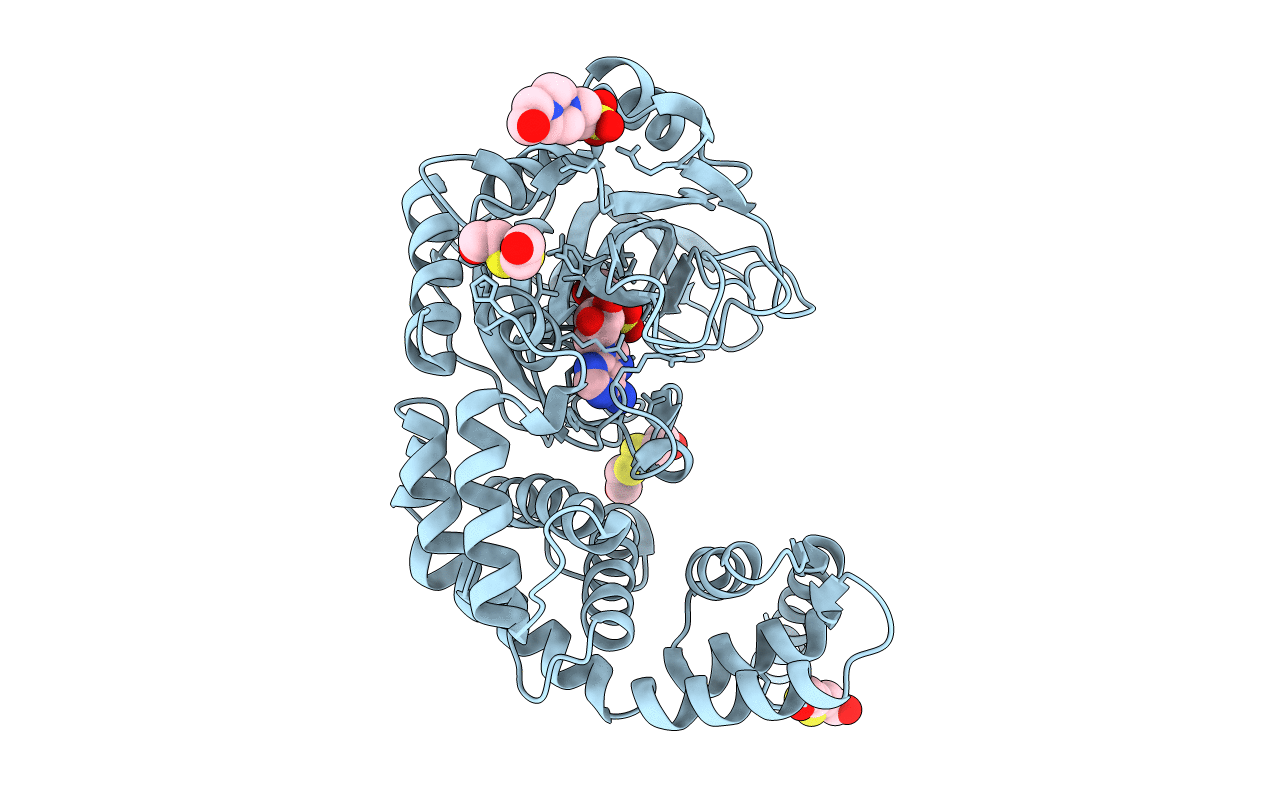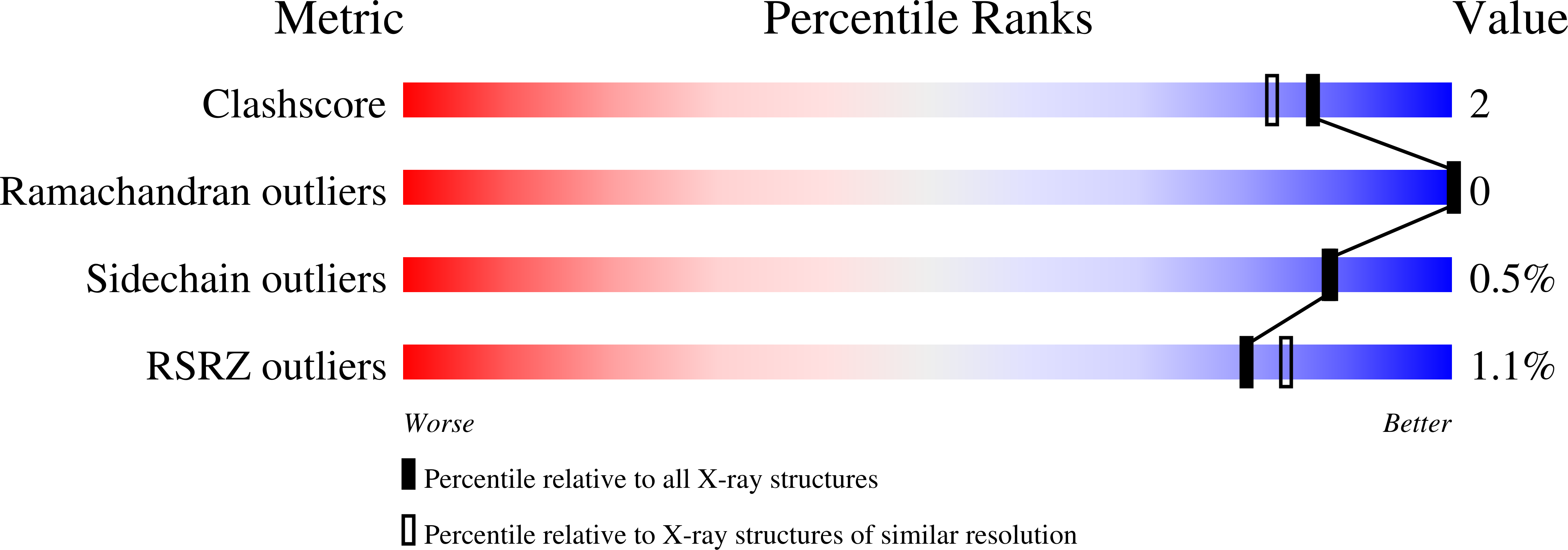
Deposition Date
2009-06-22
Release Date
2009-12-15
Last Version Date
2024-02-21
Entry Detail
PDB ID:
3HXW
Keywords:
Title:
Crystal Structure of catalytic fragment of E. coli AlaRS in complex with SerSA
Biological Source:
Source Organism:
Escherichia coli (Taxon ID: 83333)
Host Organism:
Method Details:
Experimental Method:
Resolution:
1.93 Å
R-Value Free:
0.18
R-Value Work:
0.15
R-Value Observed:
0.15
Space Group:
P 41 21 2


